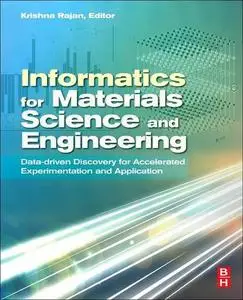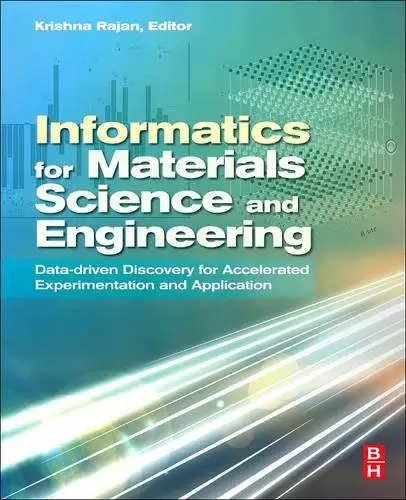Krishna Rajan, "Informatics for Materials Science and Engineering: Data-driven Discovery for Accelerated Experimentation and Application"
English | ISBN: 012394399X, 0128101210 | 2018 | EPUB | 542 pages | 0.6 MB
English | ISBN: 012394399X, 0128101210 | 2018 | EPUB | 542 pages | 0.6 MB
Materials informatics: a ‘hot topic’ area in materials science, aims to combine traditionally bio-led informatics with computational methodologies, supporting more efficient research by identifying strategies for time- and cost-effective analysis.
The discovery and maturation of new materials has been outpaced by the thicket of data created by new combinatorial and high throughput analytical techniques. The elaboration of this "quantitative avalanche"―and the resulting complex, multi-factor analyses required to understand it―means that interest, investment, and research are revisiting informatics approaches as a solution.
This work, from Krishna Rajan, the leading expert of the informatics approach to materials, seeks to break down the barriers between data management, quality standards, data mining, exchange, and storage and analysis, as a means of accelerating scientific research in materials science.
This solutions-based reference synthesizes foundational physical, statistical, and mathematical content with emerging experimental and real-world applications, for interdisciplinary researchers and those new to the field.
Identifies and analyzes interdisciplinary strategies (including combinatorial and high throughput approaches) that accelerate materials development cycle times and reduces associated costs
Mathematical and computational analysis aids formulation of new structure-property correlations among large, heterogeneous, and distributed data sets
Practical examples, computational tools, and software analysis benefits rapid identification of critical data and analysis of theoretical needs for future problems



